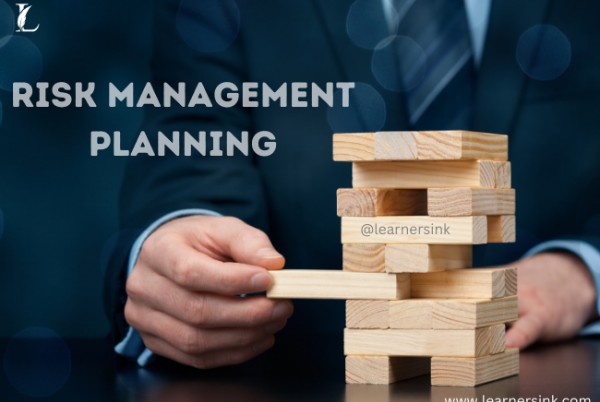Blogs
Risk Management Planning
Risk Management Planning

The risk management plan is a plan that identifies future risks and prepares a contingency plan to deal with them. Many professionals think this plan is separate and isolated; however, this is a wrong assumption. The risk management plan is an integral part of the project management plan, and it is developed along with it. This plan defines the guidelines that how you will identify the project risks and techniques to manage them.
This plan aims to minimize the threats' impact and increase the probability of opportunities.
Three steps are required to develop the project risk management plan. These steps are as follows:
The first step is to identify the project risks. Here, you will take help from your team members. You will call them to sit together and identify the project risks. After it, you will go to other project stakeholders to get some more risks. There are many tools and techniques available for this purpose; e.g. brainstorming, checklist analysis, facilitated workshops, etc. You will also go through the old lesson-learned documents for any previous similar project completed by your organization.
Once you complete this step, you will note all this information in the risk register.
In the second step, you will analyze all identified project risks. This step is required so that you could rank and prioritize the risks. It will help you a lot to prepare the contingency plan to manage them.
Here, you will determine the probability of happening the risks and their impact and then you will rank and prioritize these risks.
Risk analysis is a people-oriented process and in this process, you ask the experts about their opinions. Sometimes, experts can you biased opinions. Therefore, you must be very careful while considering their opinions in the risk analysis calculations.
After completing this process, you will again update the risk register.
In the third and final step, you will plan the responses to manage the identified risks. Risks can be divided into two categories, i.e. opportunities and threats. You have to plan response strategies for both types of risks. Some common strategies are as follows:
Accept: Here, you simply accept the risk. You decide to manage this risk at the moment it happens. This type of strategy can be applied to both types of risks, e.g. threats and opportunities.
Avoid: In this strategy, you try to escape the risk. You change the project plan or the scope of the work so that this risk could be avoided. This strategy is used with the threats.
Mitigate: Here, you will create a strategy to deal with the risk so that the effect of the risk could be minimized. This type of strategy is used with threats.
Enhance: In this type of strategy, you try to increase the probability of happening the event so that you could realize it. This strategy is used with the opportunities.
Project risk management is an iterative process, and you have to continuously look for any new risks throughout the project life cycle. If you find any new risk, then you have to repeat all these processes again as described in this article to manage the newly identified risk.
Recent Blogs
Check out our others blogs
Extra $ Discount
Enroll Now to avail 20% Off on Prince2 Foundation & Practitioner Course
Copy Coupon Code: PRINCE20
